Home>Furniture & Design>Bathroom Accessories>How To Clean A Toilet Brush Without Bleach
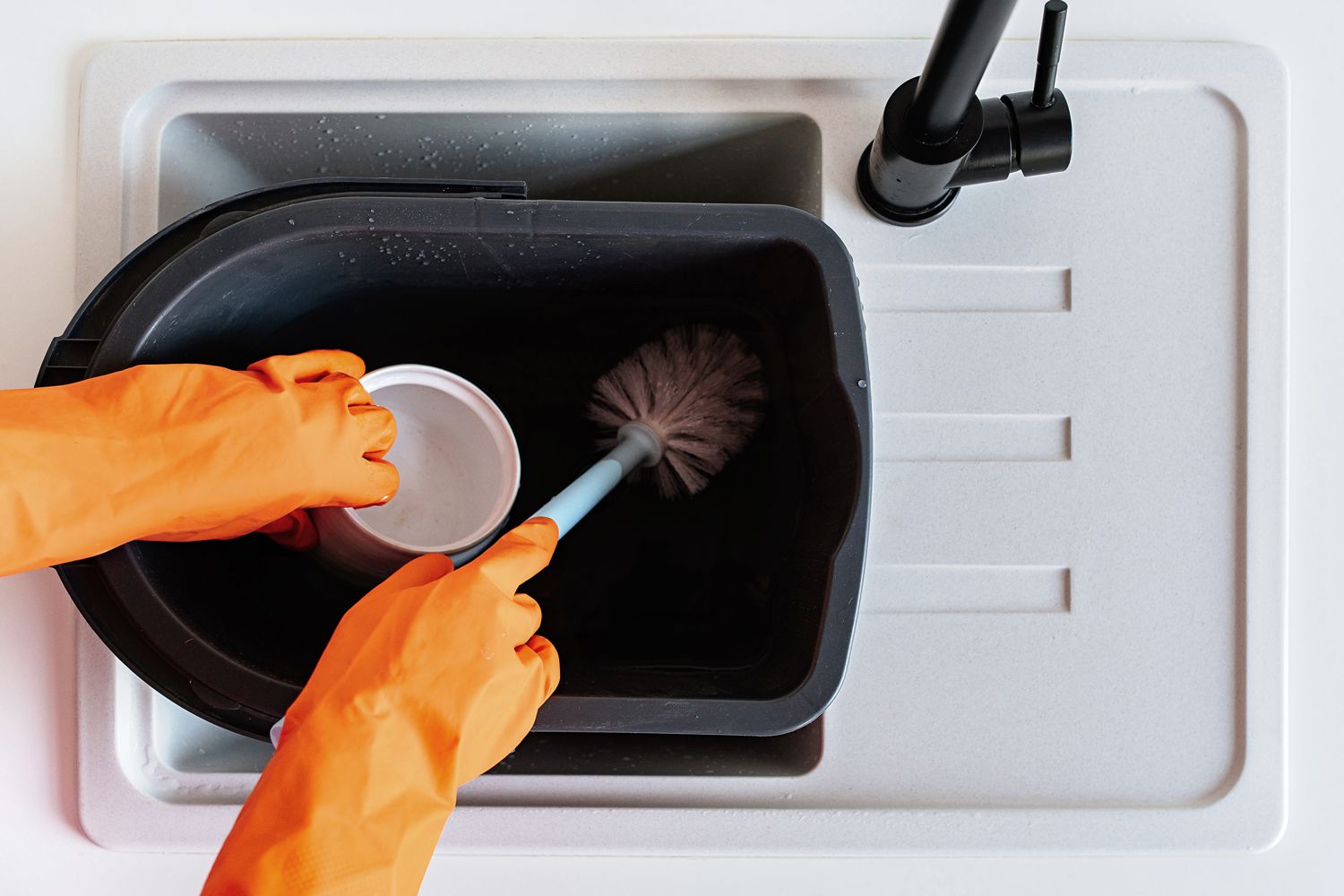

Bathroom Accessories
How To Clean A Toilet Brush Without Bleach
Modified: March 22, 2024
Learn how to effectively clean a toilet brush without using bleach, and keep your bathroom accessories fresh and hygienic with these simple tips. Ideal for eco-friendly cleaning.
(Many of the links in this article redirect to a specific reviewed product. Your purchase of these products through affiliate links helps to generate commission for Storables.com, at no extra cost. Learn more)
Introduction
Cleaning the bathroom is a chore that most of us would rather avoid, but it's a necessary task to maintain a hygienic and pleasant living environment. One often overlooked item in the bathroom cleaning routine is the toilet brush. While it's an essential tool for keeping the toilet bowl sparkling clean, the toilet brush itself can become a breeding ground for bacteria and germs if not properly maintained.
In this article, we will explore an effective and eco-friendly method for cleaning a toilet brush without using bleach. By utilizing alternative cleaning materials and techniques, you can achieve a fresh and sanitized toilet brush without exposing yourself to harsh chemicals. This approach not only promotes a healthier living space but also contributes to environmental sustainability by reducing the use of chemical-based cleaning agents.
So, if you're ready to discover a gentler yet equally effective way to clean your toilet brush, read on to learn how to maintain a hygienic bathroom without the need for bleach.
Key Takeaways:
- Say no to bleach! Clean your toilet brush with vinegar, baking soda, and essential oils for a safer, eco-friendly, and effective alternative. Protect your health and the environment while maintaining a fresh bathroom.
- Keep it clean! Regularly sanitize and air dry your toilet brush using natural ingredients like vinegar and baking soda. Say goodbye to harsh chemicals and hello to a healthier, odor-free bathroom.
Read more: How To Clean A Toilet Without A Toilet Brush
Why Avoid Bleach?
Bleach is a powerful disinfectant and whitening agent commonly used in household cleaning. While it is effective in killing germs and removing stains, there are compelling reasons to consider alternative cleaning methods for your toilet brush.
-
Harsh Chemical Exposure: Bleach contains strong chemicals that can be harmful when inhaled or come into contact with the skin. Prolonged exposure to bleach fumes may irritate the respiratory system and cause skin irritation. By avoiding bleach, you can minimize the risk of adverse health effects associated with chemical exposure.
-
Environmental Impact: The production and use of bleach contribute to environmental pollution. Chlorine, a key component of bleach, can react with organic matter to form harmful by-products such as dioxins and furans. These by-products can persist in the environment and pose risks to ecosystems and human health. Opting for bleach-free cleaning methods helps reduce the release of these harmful substances into the environment.
-
Corrosive Properties: Bleach can be corrosive to certain materials, including metals and fabrics. When used improperly or in high concentrations, it can cause damage to surfaces and lead to premature wear and tear. By choosing gentler cleaning alternatives, you can extend the lifespan of your bathroom accessories and reduce the need for frequent replacements.
-
Safe for Septic Systems: Bleach can disrupt the natural balance of beneficial bacteria in septic systems, potentially leading to decreased efficiency and costly maintenance issues. By avoiding bleach-based cleaning products, you can help preserve the proper functioning of septic systems and minimize the impact on the surrounding environment.
-
Safer for Pets and Children: Bleach poses a risk to pets and children if accidentally ingested or exposed to concentrated solutions. By opting for bleach-free cleaning methods, you can create a safer home environment for your loved ones, reducing the likelihood of accidental chemical exposure.
In light of these considerations, exploring alternative cleaning approaches for your toilet brush can offer a safer, more environmentally friendly, and sustainable way to maintain cleanliness in your bathroom. By making informed choices about the products and methods you use, you can contribute to a healthier home environment and a greener planet.
Materials Needed
When it comes to cleaning your toilet brush without using bleach, you'll be pleased to know that the materials required are readily available and environmentally friendly. By opting for natural and non-toxic cleaning agents, you can effectively sanitize your toilet brush while minimizing the impact on your health and the environment. Here's a list of the materials you'll need to get started:
-
Vinegar: White vinegar is a versatile and eco-friendly cleaning agent that possesses natural disinfectant properties. Its acidic nature makes it effective in breaking down mineral deposits, dissolving grime, and eliminating odors. Additionally, vinegar is safe to use and does not pose the same health risks as harsh chemical cleaners.
-
Baking Soda: This household staple is renowned for its gentle abrasive qualities, making it ideal for scrubbing away stains and residue from the toilet brush bristles. Baking soda also helps neutralize odors, leaving your toilet brush smelling fresh and clean.
-
Essential Oils: While optional, adding a few drops of essential oils such as tea tree oil, lavender oil, or eucalyptus oil can enhance the cleaning power of your solution. These oils not only impart a pleasant fragrance but also possess natural antibacterial and antifungal properties, further boosting the sanitizing effect.
-
Hot Water: Hot water is an essential component in the cleaning process, as it helps to dissolve substances and loosen debris from the bristles of the toilet brush. The heat also aids in killing germs and bacteria, ensuring a thorough cleaning outcome.
-
Rubber Gloves: To protect your hands during the cleaning process, it's advisable to wear rubber gloves. This simple precaution helps prevent skin irritation and ensures a hygienic cleaning experience.
By gathering these materials, you'll be well-equipped to embark on the journey of cleaning your toilet brush without the need for harsh chemicals. With a focus on natural and safe cleaning solutions, you can achieve a pristine toilet brush while promoting a healthier home environment for you and your family.
To clean a toilet brush without bleach, soak it in a mixture of hot water and white vinegar for about 30 minutes. Then, scrub the bristles with dish soap and rinse thoroughly. Let it air dry before putting it back in its holder.
Steps to Clean a Toilet Brush Without Bleach
-
Prepare the Cleaning Solution: Begin by combining equal parts of white vinegar and hot water in a large container or bucket. The hot water helps to dilute the vinegar and enhances its cleaning effectiveness. If desired, you can add a few drops of your preferred essential oil to the solution to impart a pleasant scent and boost its antibacterial properties.
-
Soak the Toilet Brush: Submerge the soiled bristles of the toilet brush in the prepared cleaning solution, ensuring that they are fully immersed. Allow the brush to soak for at least 30 minutes to loosen any hardened residue, mineral deposits, and bacteria clinging to the bristles. The acidic nature of the vinegar helps dissolve stubborn stains and neutralize odors, while the heat from the water aids in sanitizing the brush.
-
Scrub and Rinse: After the soaking period, put on rubber gloves to protect your hands, then remove the toilet brush from the cleaning solution. Using a generous amount of baking soda, sprinkle it directly onto the bristles of the brush. The gentle abrasive action of the baking soda helps to dislodge any remaining debris and further deodorizes the brush. With the baking soda applied, vigorously scrub the bristles with a toilet bowl brush or a dedicated cleaning brush to ensure thorough cleaning.
-
Rinse and Air Dry: Once the bristles have been scrubbed, thoroughly rinse the toilet brush under running water to remove the cleaning solution and baking soda residue. It's essential to rinse the brush until the water runs clear, indicating the removal of all cleaning agents. After rinsing, shake the brush vigorously to expel excess water, then place it in a well-ventilated area to air dry completely. Allowing the brush to dry thoroughly helps prevent the growth of mold and mildew.
-
Clean the Holder or Container: While the brush is drying, take the opportunity to clean the holder or container where the toilet brush is stored. Wipe down the holder with a cloth dampened in the vinegar solution to disinfect and remove any accumulated grime or residue. If the holder is removable, consider soaking it in the cleaning solution for a comprehensive clean.
By following these steps, you can effectively clean your toilet brush without the use of bleach, ensuring a hygienic and odor-free tool for maintaining a clean toilet. This natural and eco-friendly approach not only promotes a healthier living environment but also minimizes the impact on your health and the planet.
Tips for Maintaining a Clean Toilet Brush
Maintaining a clean toilet brush is essential for ensuring optimal hygiene in your bathroom and prolonging the lifespan of this indispensable cleaning tool. By incorporating simple yet effective practices into your cleaning routine, you can prevent the buildup of germs, bacteria, and unpleasant odors on the toilet brush. Here are some valuable tips to help you maintain a clean and sanitary toilet brush without the need for harsh chemicals:
-
Regular Cleaning Schedule: Establish a regular cleaning schedule for your toilet brush to prevent the accumulation of grime and bacteria. Aim to clean the brush at least once a week, or more frequently if it undergoes heavy use. Consistent cleaning helps prevent the growth of mold and mildew, ensuring that your toilet brush remains a reliable and hygienic cleaning tool.
-
Allow Sufficient Drying Time: After each use, ensure that the toilet brush is thoroughly rinsed and allowed to air dry completely before returning it to its holder. Proper drying prevents moisture buildup, which can lead to the proliferation of bacteria and mold. Additionally, consider storing the toilet brush in a well-ventilated area to facilitate faster drying and inhibit the growth of odor-causing microorganisms.
-
Replace Bristles When Necessary: Over time, the bristles of a toilet brush may become worn or frayed, diminishing their cleaning effectiveness. Regularly inspect the condition of the bristles, and if they show signs of wear, consider replacing the brush head or the entire toilet brush. Fresh bristles ensure efficient cleaning and help maintain optimal hygiene in your bathroom.
-
Use a Dedicated Cleaning Solution: When cleaning the toilet brush, opt for a dedicated cleaning solution such as white vinegar and baking soda, as outlined in the previous section. Avoid using harsh chemical cleaners, as they can leave residue on the brush and may pose health risks. The natural cleaning agents effectively sanitize the brush without compromising your health or the environment.
-
Practice Proper Storage: Store the toilet brush in a holder that allows for adequate airflow and drainage. This helps prevent the accumulation of excess water, which can create an environment conducive to bacterial growth. Additionally, consider placing a small amount of baking soda or a few drops of essential oil in the holder to absorb odors and maintain a fresh-smelling brush.
-
Regularly Clean the Holder: Periodically clean the holder or container where the toilet brush is stored to prevent the buildup of grime and bacteria. Wipe down the holder with a disinfectant solution, and if possible, wash it with hot, soapy water to ensure a thorough clean. A clean holder contributes to the overall hygiene of the toilet brush and prevents cross-contamination.
By incorporating these tips into your bathroom cleaning routine, you can effectively maintain a clean and hygienic toilet brush without the need for bleach or harsh chemicals. Consistent care and attention to the cleanliness of the brush and its storage environment contribute to a healthier and more pleasant bathroom experience for you and your household.
Read more: How To Clean Toilet Without Brush
Conclusion
In conclusion, maintaining a clean and hygienic toilet brush without the use of bleach is not only achievable but also beneficial for your health and the environment. By embracing natural cleaning agents such as white vinegar and baking soda, you can effectively sanitize your toilet brush while minimizing the impact of harsh chemicals on your home and surroundings.
The decision to avoid bleach when cleaning your toilet brush is supported by compelling reasons, including the avoidance of harsh chemical exposure, the reduction of environmental impact, and the preservation of the integrity of household materials. By opting for a bleach-free cleaning approach, you contribute to a safer and more sustainable living environment for yourself and your loved ones.
The step-by-step process of cleaning a toilet brush without bleach empowers you to maintain a pristine and odor-free tool for keeping your toilet bowl clean. From preparing the cleaning solution to scrubbing the bristles and ensuring proper drying, each step is designed to promote thorough cleanliness and eliminate harmful bacteria and germs.
Furthermore, the tips for maintaining a clean toilet brush offer practical guidance for integrating proper cleaning practices into your routine. By establishing a regular cleaning schedule, allowing sufficient drying time, and using a dedicated cleaning solution, you can uphold the hygiene and longevity of your toilet brush without compromising on safety or effectiveness.
Ultimately, the choice to clean your toilet brush without bleach aligns with a holistic approach to household maintenance, one that prioritizes health, sustainability, and environmental responsibility. By embracing natural cleaning methods and incorporating mindful practices, you contribute to a healthier home environment and play a part in reducing the ecological footprint of your cleaning routine.
In embracing a bleach-free approach to toilet brush maintenance, you not only safeguard your well-being and that of your family but also contribute to a cleaner, greener future for generations to come. With the knowledge and tools to clean your toilet brush effectively and responsibly, you can enjoy a fresh and sanitary bathroom environment while making a positive impact on the world around you.
Frequently Asked Questions about How To Clean A Toilet Brush Without Bleach
Was this page helpful?
At Storables.com, we guarantee accurate and reliable information. Our content, validated by Expert Board Contributors, is crafted following stringent Editorial Policies. We're committed to providing you with well-researched, expert-backed insights for all your informational needs.
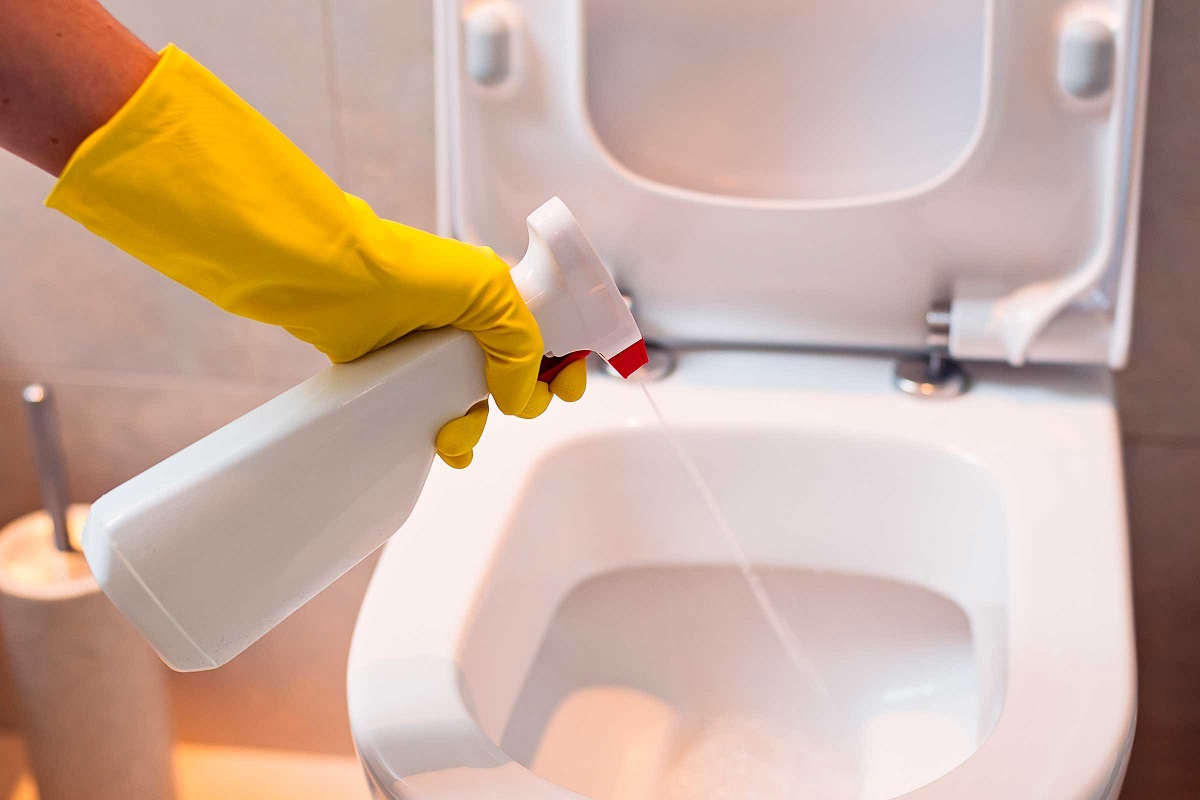
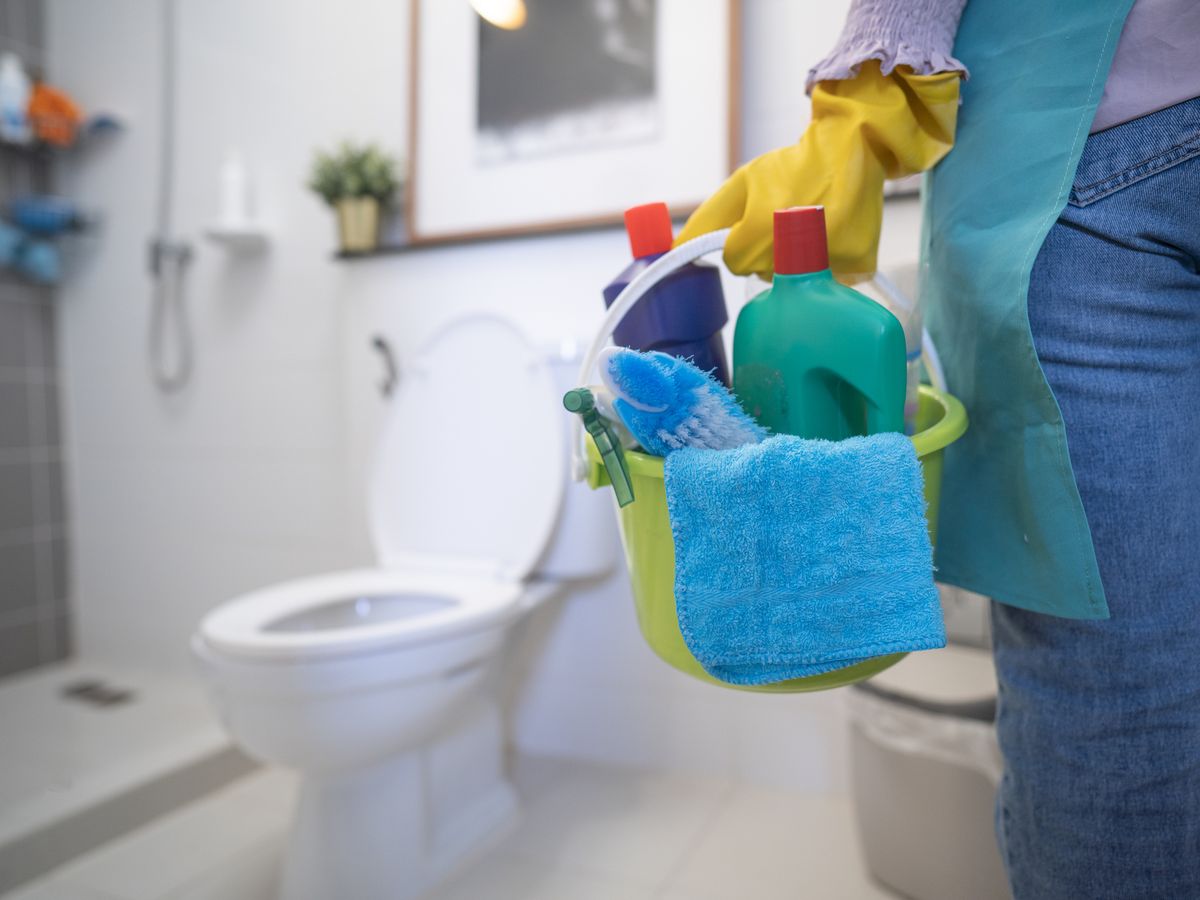
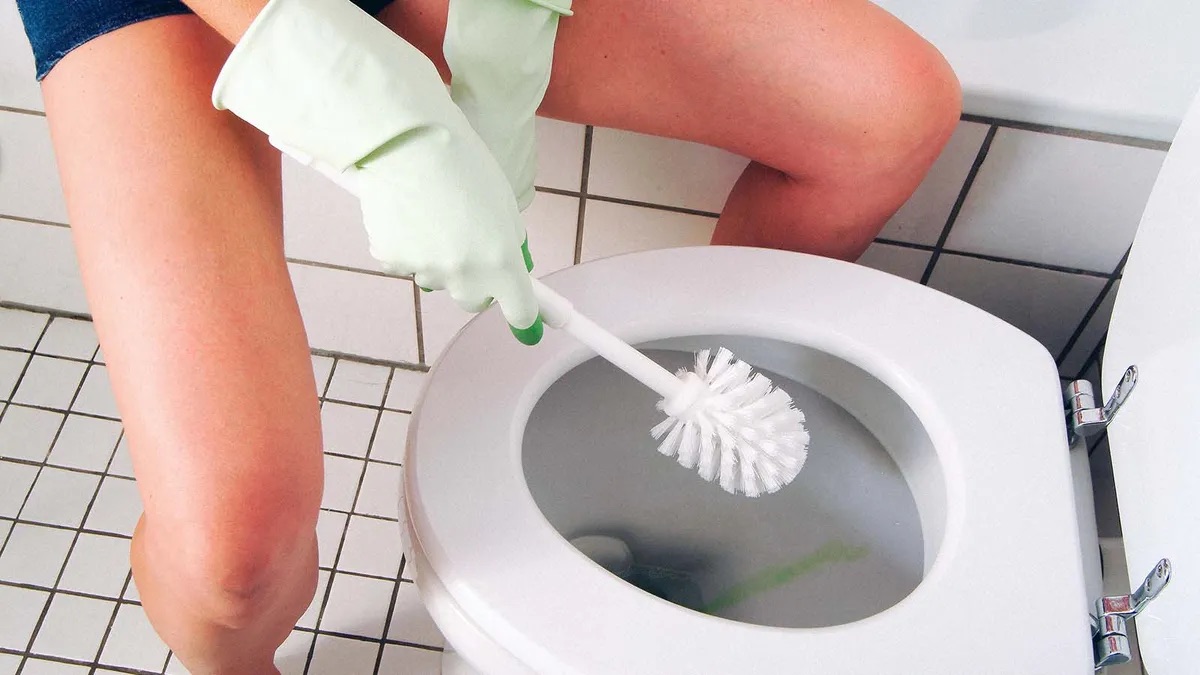
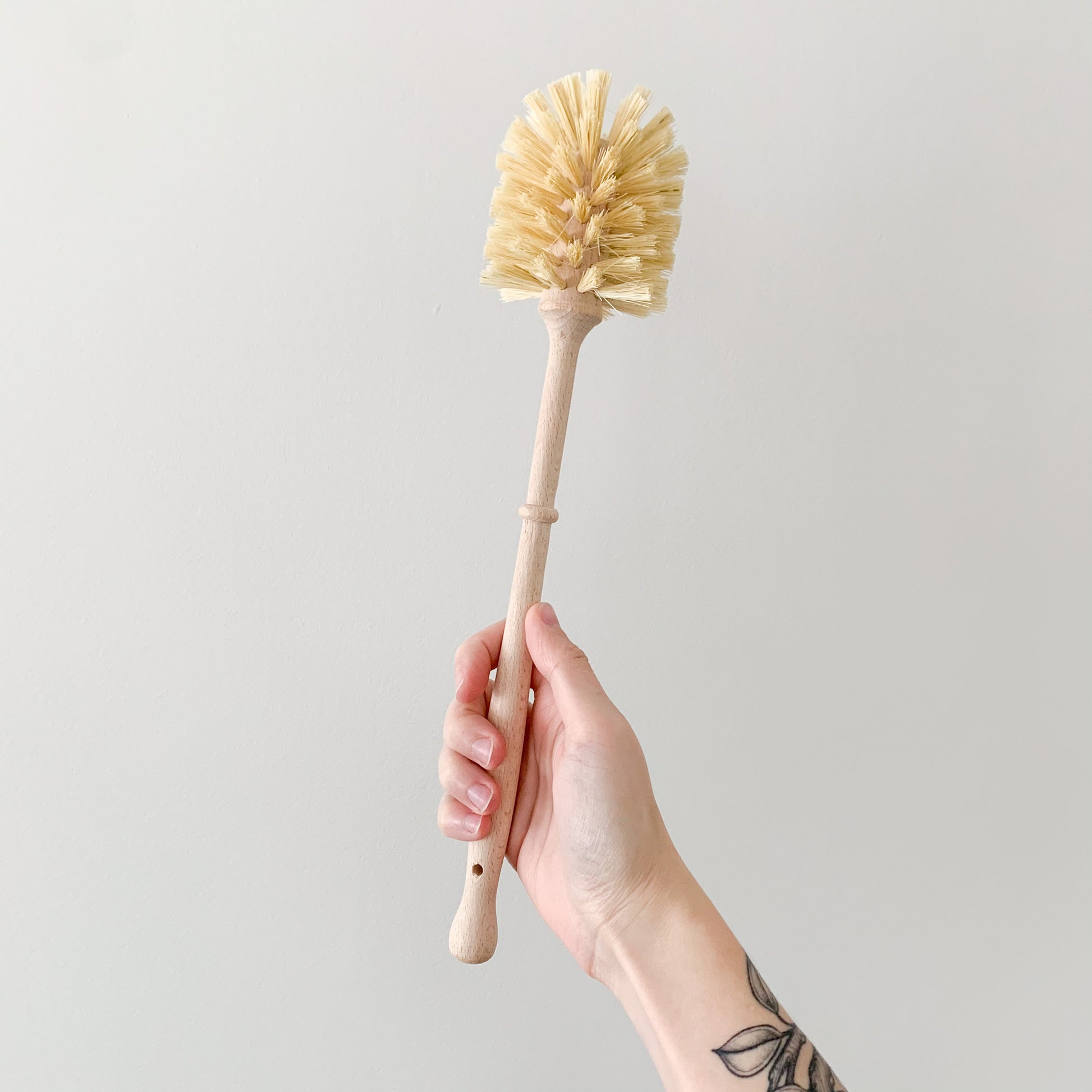
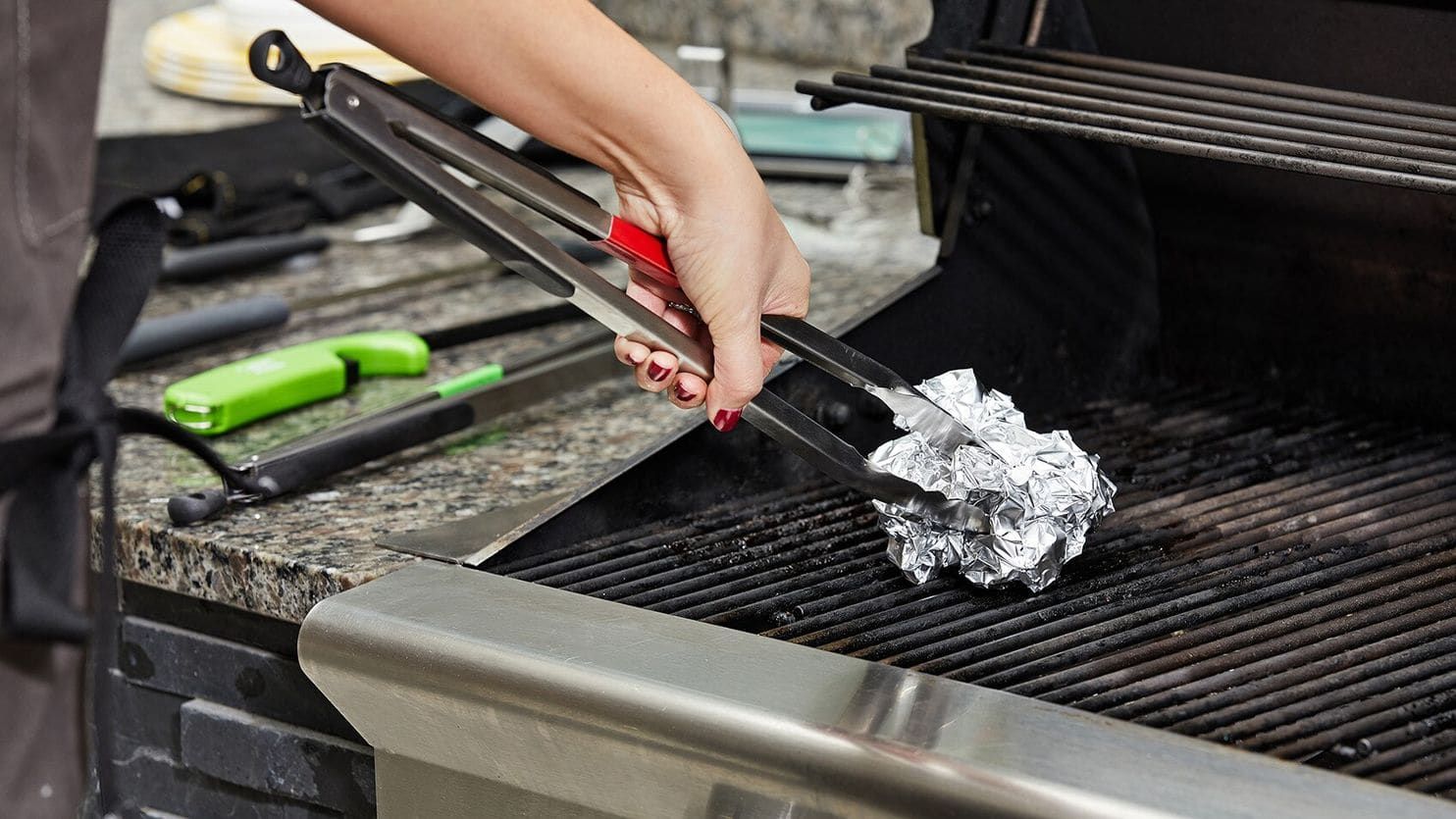
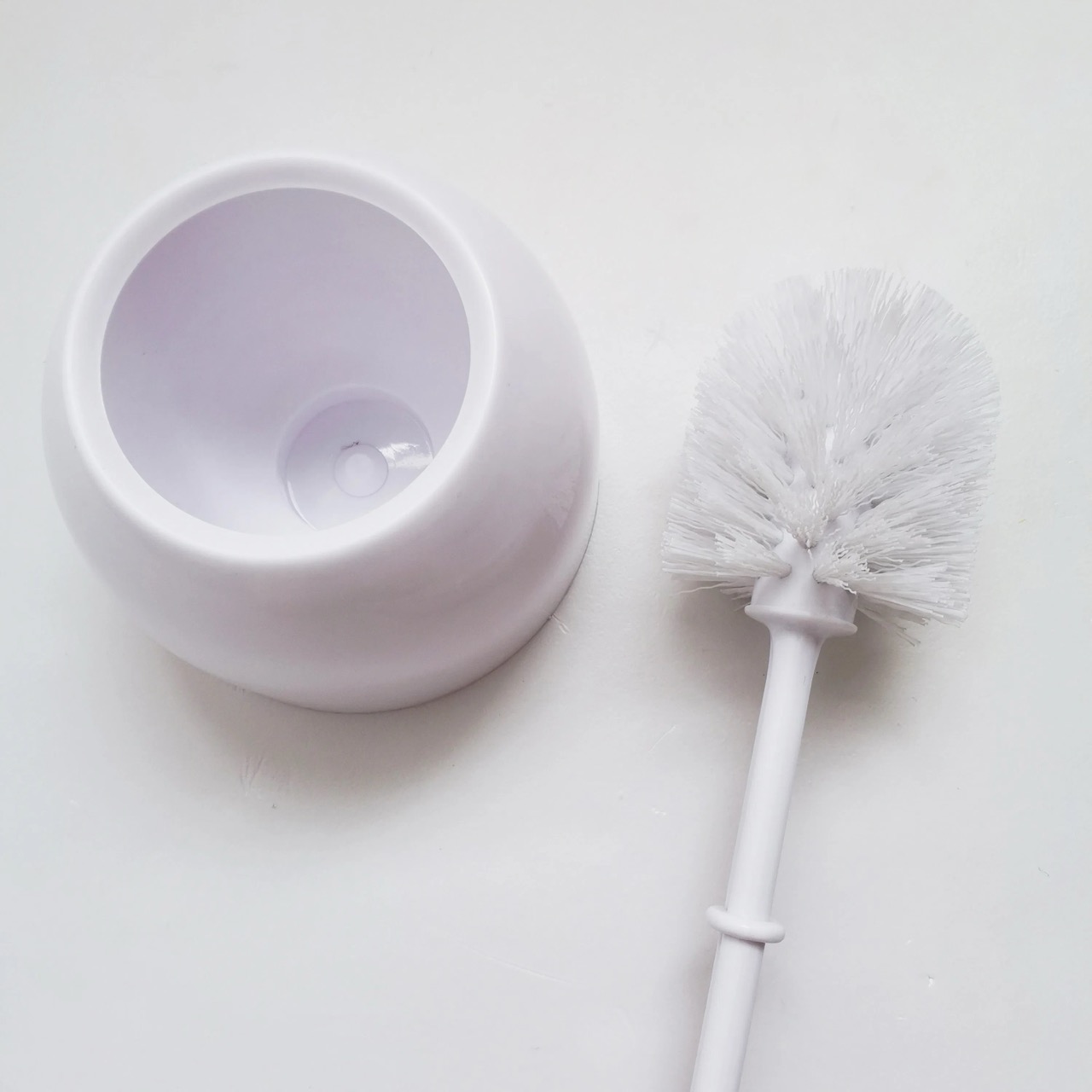
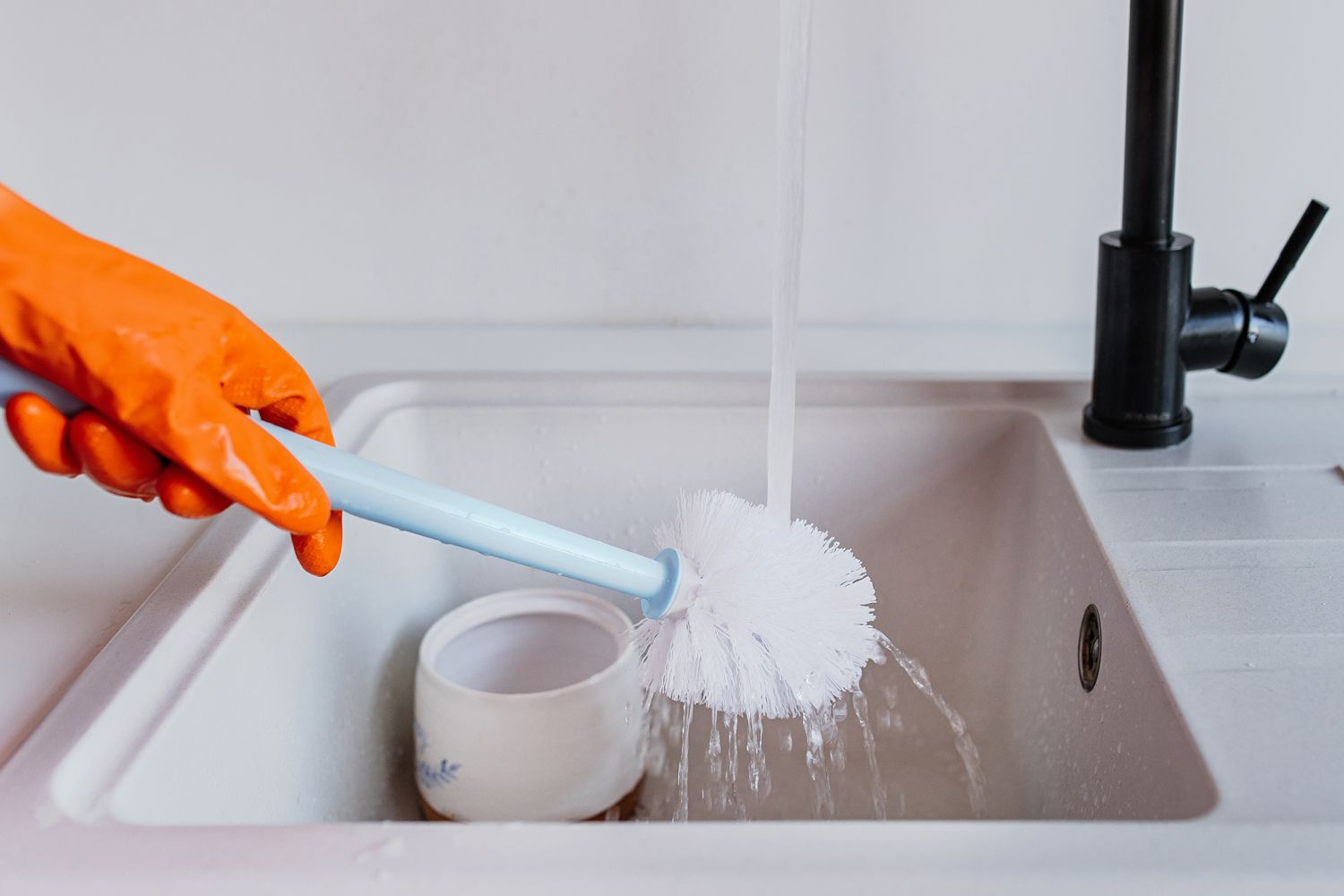
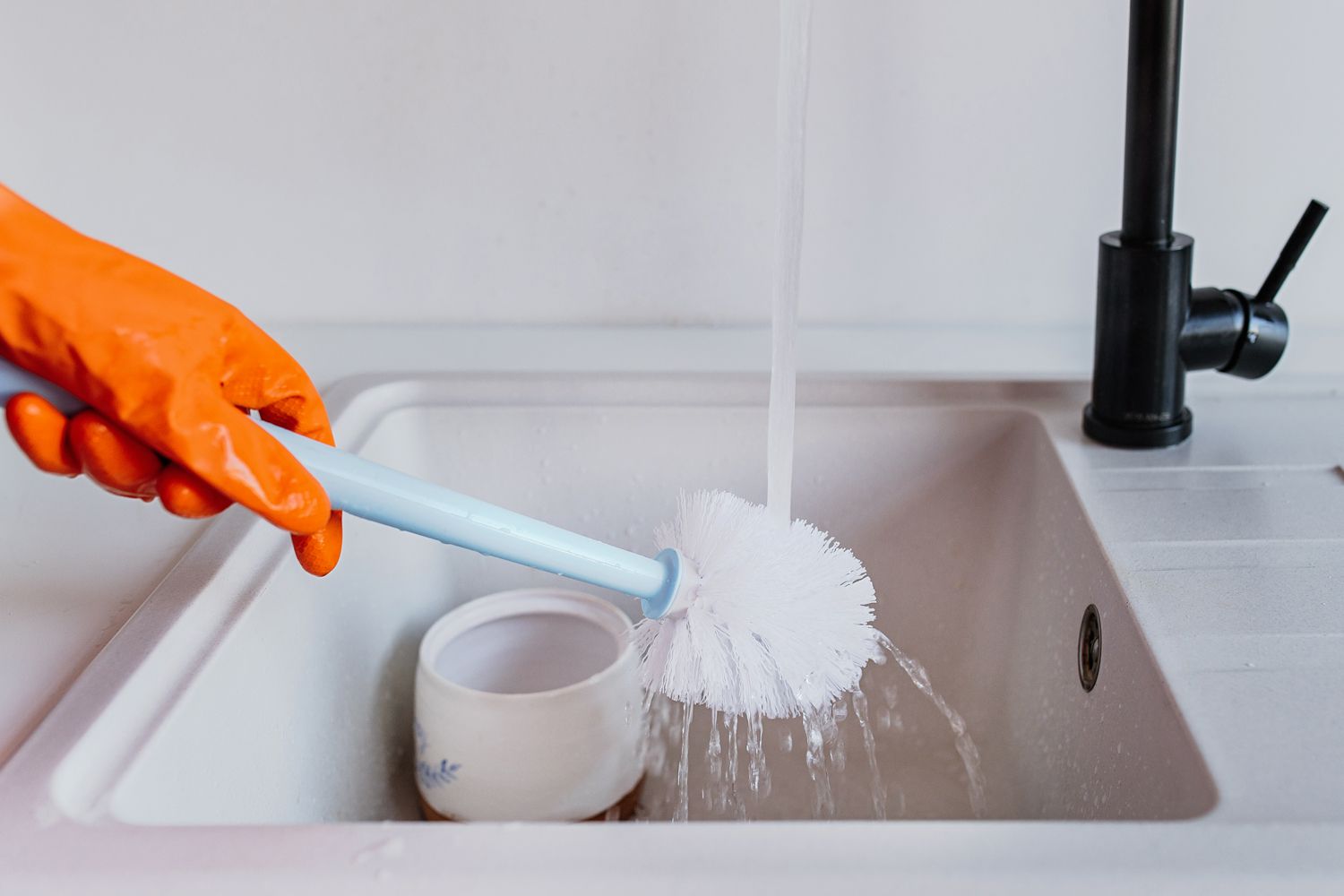
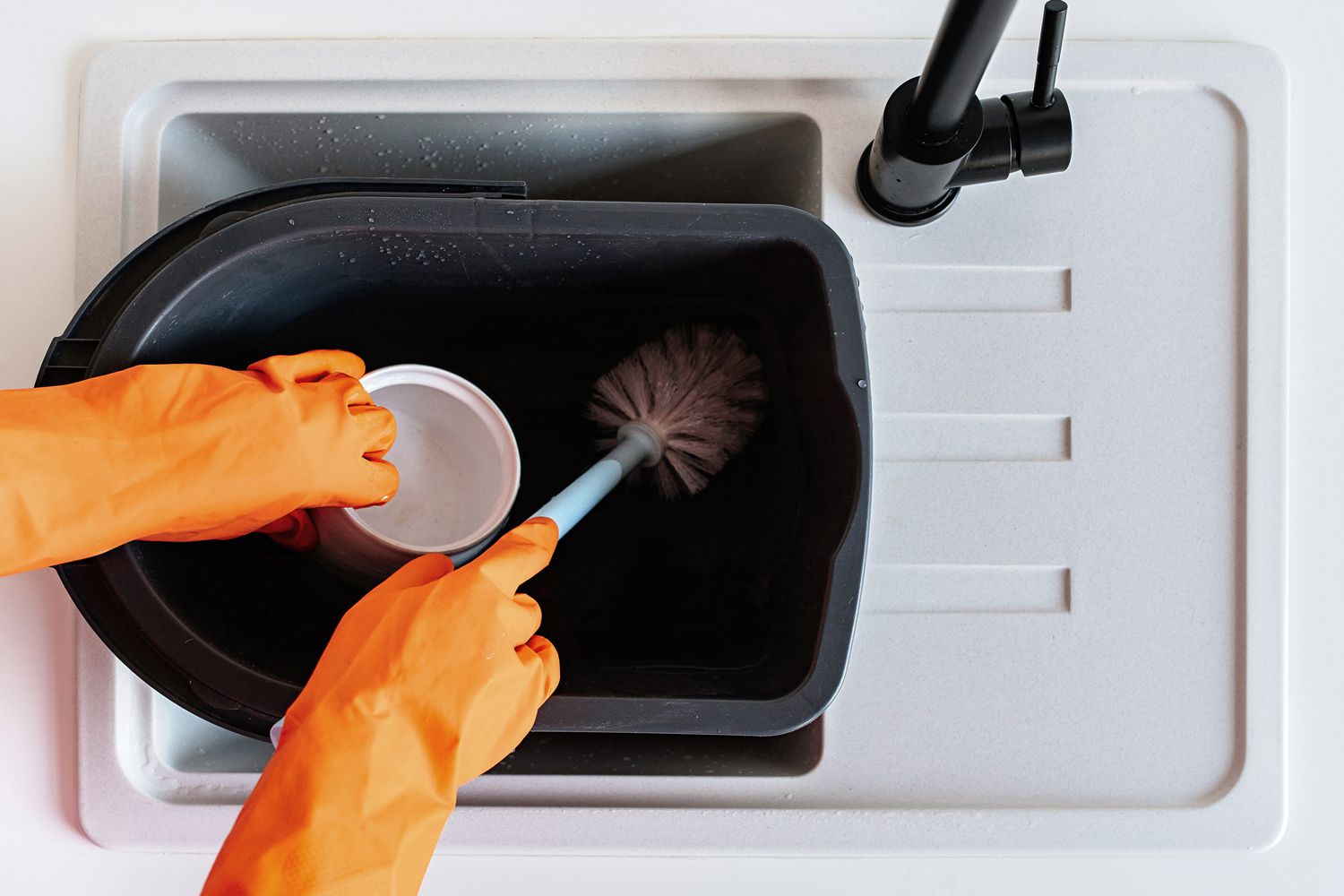
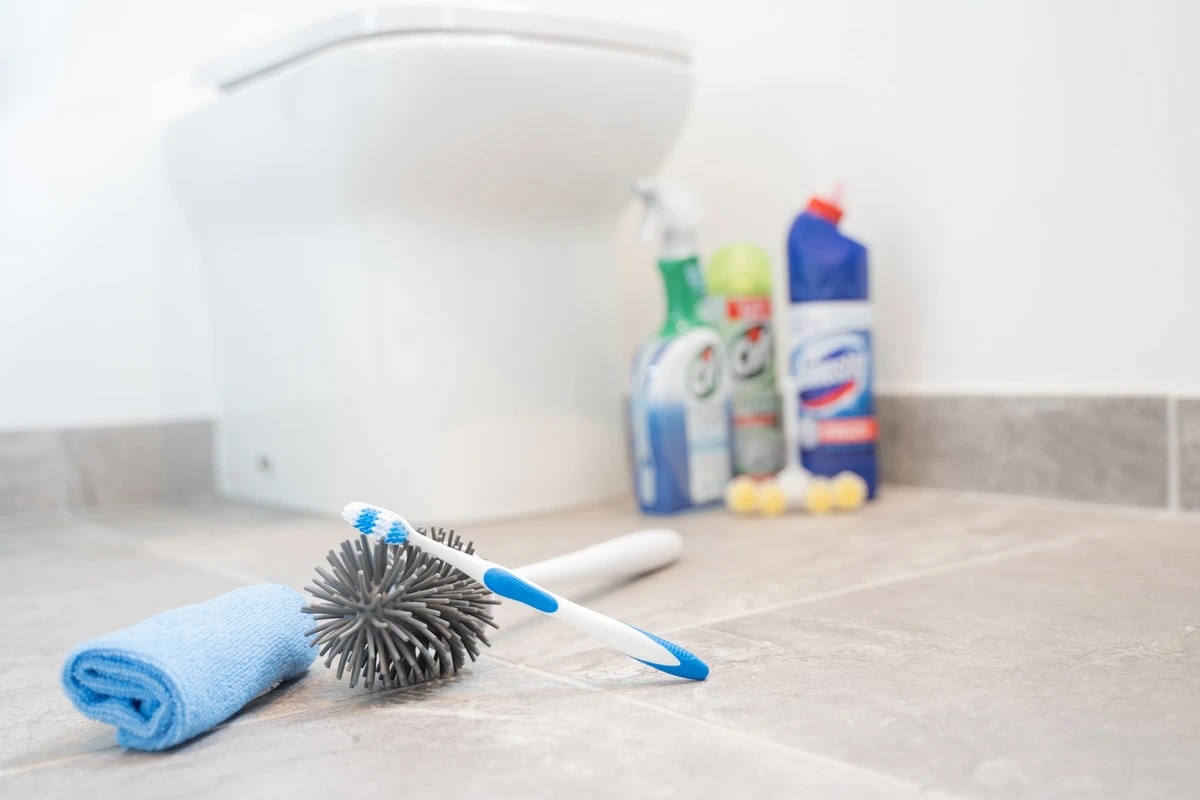
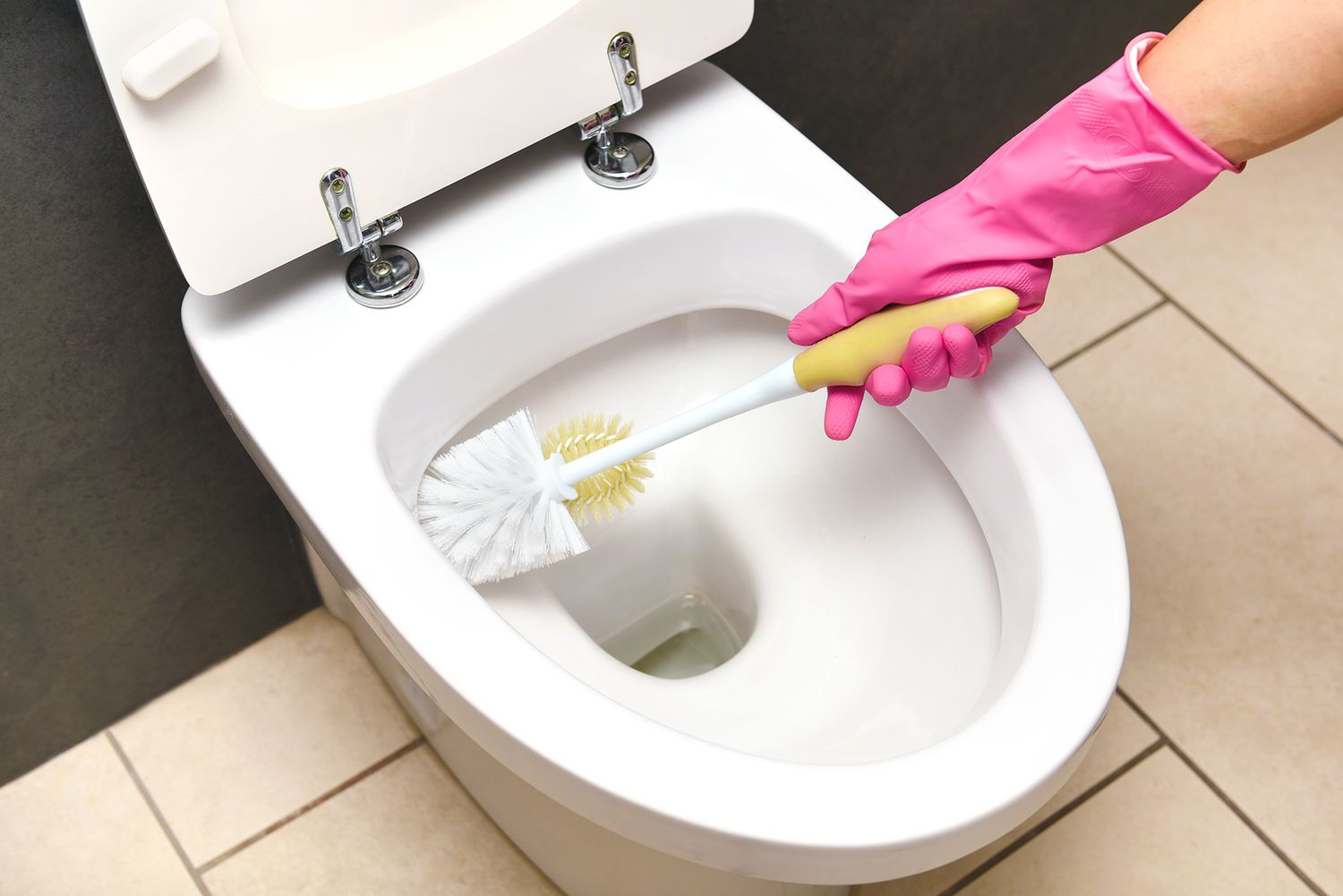
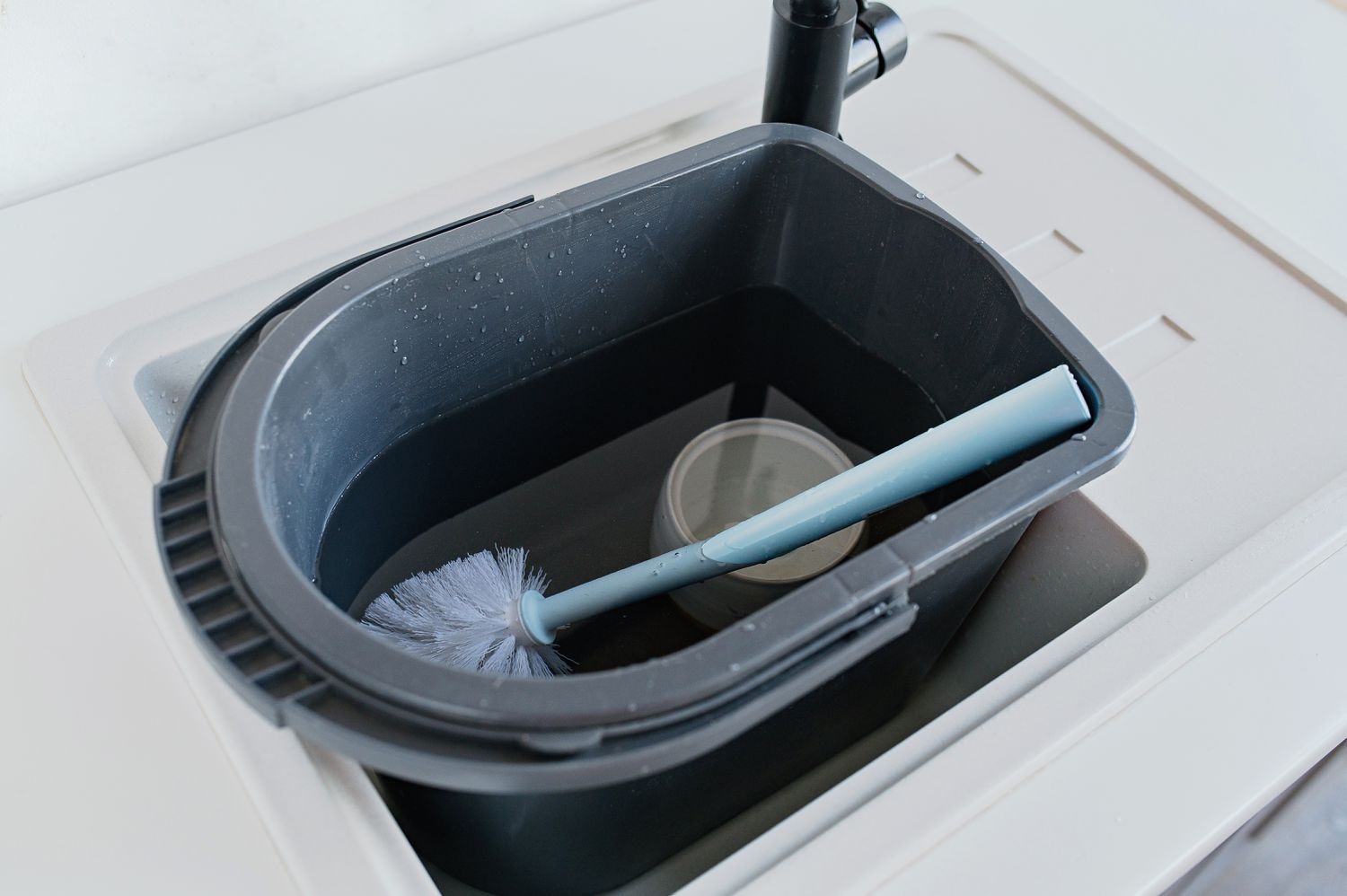
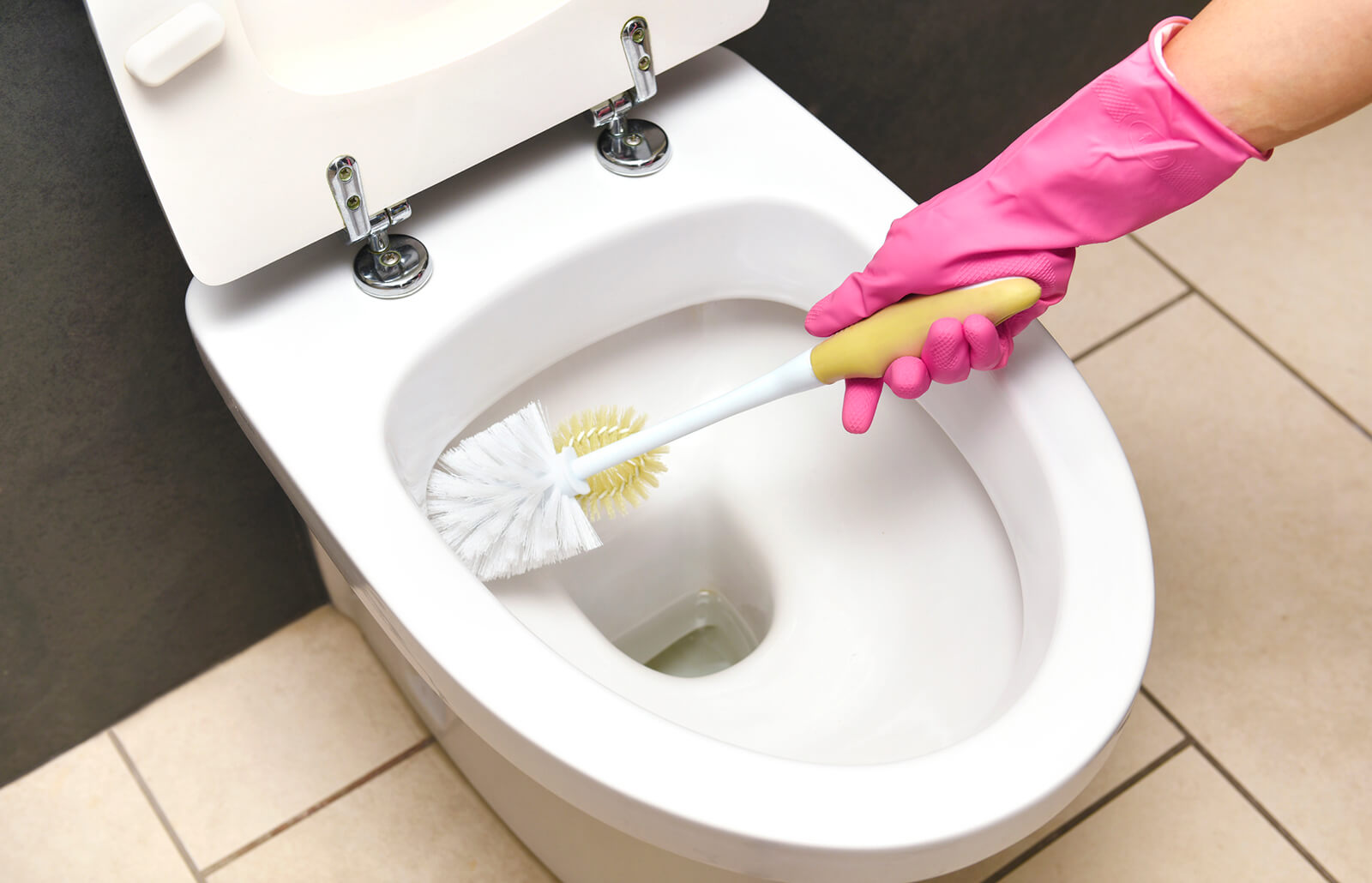

0 thoughts on “How To Clean A Toilet Brush Without Bleach”